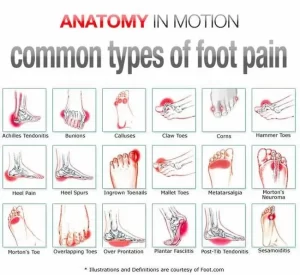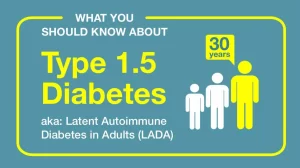August Means Back-to-School, Time to Check Up on Immunizations
LEAWOOD, Kansas, Aug. 1, 2017 /PRNewswire-HISPANIC PR WIRE/ — Each year as summer begins to wind down, children prepare to go back to school. For many, that means getting a back-to-school haircut, shopping for some new clothes, and gathering school supplies. One thing that shouldn’t be missed: checking in with your family physician to make sure school-age children are up to date on all required vaccinations.
During August—which is National Immunization Awareness Month—family physicians are reminding parents that vaccines keep your own child healthy and provide protections for children whose health conditions prevent them from getting vaccines. “It’s critical to make sure that you and your children receive vaccinations according to the immunization schedule recommended by the Centers for Disease Control,” said John Meigs, Jr., MD, president of the American Academy of Family Physicians. “Becoming immunized is important not only for school-age children, but for babies and young children, pregnant women, teens and pre-teens, and adults.”
Each year, the AAFP and the CDC’s Advisory Committee on Immunization Practices collaborate to develop recommendations for the routine use of vaccines in children, adolescents and adults in the United States. All states require children to be vaccinated against certain communicable diseases in order to attend school. Information about recommended immunization schedules for people of all ages is available at familydoctor.org. In addition, the AAFP developed an interactive map of vaccine-specific coverage levels for each state.
The CDC lists vaccine recommendations for the prevention of 17 diseases across the lifespan, protecting the health of Americans from birth through old age. Data from the CDC show that vaccines are effective not only in preventing disease, but in lowering the cost of health care spending:
A 2009 analysis of 13 vaccines given as part of the childhood immunization schedule found that for each birth group vaccinated, the United States saved 42,000 lives, $13.5 billion in direct medical costs, and prevented 20 million cases of disease.
An estimated $10.20 is saved in societal costs (direct and indirect) for every $1 invested in vaccines for vaccine-preventable diseases.
Without improvements to the human papillomavirus (HPV) vaccination rate, 50,000 girls will develop cervical cancer that would be prevented if immunization rates reached 80 percent.
Seasonal influenza causes more than 200,000 hospitalizations and costs more than $10 billion in direct medical costs in the United States each year.
“Vaccines are proven to be safe and effective, and they save lives,” notes Meigs. “To protect public health, the AAFP strongly recommends that patients receive all necessary vaccinations in their primary care physician’s office. Forgoing immunization is reckless and endangers not only the health of children but the health of the entire public.”
Visit familydoctor.org for patient education resources on specific immunizations.
About the American Academy of Family Physicians
Founded in 1947, the AAFP represents 129,000 physicians and medical students nationwide. It is the only medical society devoted solely to primary care.
Family physicians conduct approximately one in five office visits — that’s 192 million visits annually or 48 percent more than the next most visited medical specialty. Today, family physicians provide more care for America’s underserved and rural populations than any other medical specialty. Family medicine’s cornerstone is an ongoing, personal patient-physician relationship focused on integrated care.
To learn more about the specialty of family medicine, the AAFP’s positions on issues and clinical care, and for downloadable multi-media highlighting family medicine, visit www.aafp.org/media. For information about health care, health conditions and wellness, please visit the AAFP’s award-winning consumer website, www.familydoctor.org.
SOURCE: American Academy of Family Physicians



